Older Kia Sportage Recalled for Possible Fire Risk |
- Older Kia Sportage Recalled for Possible Fire Risk
- Don’t Expect to See a Mercedes Pickup in the US Anytime Soon
- Toyota Sienna Recalled for Potentially Malfunctioning Doors
- Average Age of Vehicles in the US Continues to Rise
- Nissan Jumps on the Free Track Day Bandwagon
- Top 10 Most Dangerous Cars in America
| Older Kia Sportage Recalled for Possible Fire Risk Posted: The 2008-2009 Kia Sportage is being recalled to address an electrical issue. The recall affects approximately 71,700 units in the U.S., and in the affected vehicles, improper sealing of a wire harness cover used for the hydraulic electronic control unit (HECU) can allow moisture to enter the module. If the water is contaminated with salt, it can result in an electrical short. "If the HECU circuit board experiences a short circuit, a thermal event can result, including the possibility of an engine compartment fire," warned the recall. "However, the presence of salt water in the HECU does not affect brake performance." SEE ALSO: 2017 Kia Sportage Review The Korean automaker first identified the issue when it received a report of an engine fire involving a Kia Sportage parked in a driveway. After reviewing data from other "thermal events" the following month, Kia did a deeper investigation and eventually focused on the HECU. To resolve the issue, Kia dealers will replace the connector and inspect the HECU assembly, replacing it if damage has already occurred. The recall should begin November 28, 2016. Discuss this story on our Kia Forum |
| Don’t Expect to See a Mercedes Pickup in the US Anytime Soon Posted: The first-generation Mercedes X-Class pickup truck won't be available in the U.S. Speaking at the 2016 L.A. Auto Show, Mercedes-Benz USA CEO Dietmar Exlar confirmed last week that the X-Class isn't heading to the U.S. market next year. He did, however, say that it's a possibility that the next-generation model could be offered. "Once the next version of the truck comes out – when we see the next iteration – there might be an opportunity to bring it in the medium and the long-term," he said. SEE ALSO: Mercedes X-Class Truck Concept is Way More Posh Than the Nissan It's Based On For now, the Mercedes X-Class is expected to go on sale in other global markets in Europe, Latin America, South Africa, New Zealand and Australia starting next year. The concept was unveiled last month and the German automaker is still evaluating whether the U.S. market will eventually make sense. "It's the biggest segment we're not in," Exler said. "It's overall an attractive, huge segment, but we need to make sure it's the right time for Mercedes." Discuss this story on our Mercedes-Benz Forum |
| Toyota Sienna Recalled for Potentially Malfunctioning Doors Posted: Toyota is recalling its Swagger Wagon. Approximately 744,000 model year 2011-2016 Toyota Sienna minivans are being recalled in the U.S. because under certain limited conditions, if the sliding door opening operation is impeded, the sliding door motor circuit could be overloaded, opening the fuse for the motor. If this condition occurs while the door latch is in an unlatched position, the door could open while driving, increasing the risk of injury to a vehicle occupant. SEE ALSO: Toyota Sienna Review The Japanese automaker is currently developing a remedy for the condition and all known owners of the affected vehicles will be notified by first class mail by mid-January. Discuss this story on our Toyota Sienna Forum |
| Average Age of Vehicles in the US Continues to Rise Posted: Car owners in the U.S. continue to hold onto their vehicles. According to IHS Markit, the average age of light vehicles in the U.S. is 11.6 years, based on a snapshot of vehicles in operation on January 1, 2016. Last year, the average age of vehicles in the U.S. was 11.5 years. In addition, registrations for light vehicles in operation hit a record 264 million, marking an increase of over 6.2 million, or 2.4 percent. One reason for the rising average vehicle age over time is the quality of new vehicles, noted Mark Seng, global automotive aftermarket practice director at IHS Markit. SEE ALSO: Car Sales Estimated to Hit 20 Million in 2018: 'Car Wars' Report The company began tracking the average age of vehicles in 2002 and in the first year of data, the average age was 9.6 years. In addition to vehicles getting older, car owners are getting their vehicles longer with the average length of ownership hitting a record 79.3 months as of the end of 2015, up 1.5 months compared to the previous year. IHS also said consumers keep used vehicles for about 66 months. [Source: Automotive News] |
| Nissan Jumps on the Free Track Day Bandwagon Posted: Nissan wants new GT-R owners to take advantage of their sports cars. From now until March 31, 2017, all U.S. Nissan GT-R buyers will receive free one full day, on-track instruction at Virginia International Raceway (VIR). The promotion also applies to those that purchased their GT-R on or after November 14, 2016. Once break-in procedures are complete, owners will use their own vehicles to drive on one of five track configurations at VIR, with a top performance driving instructor helping advise on proper technique. Best of all, owners can take part in the track day with their own car while retaining the full manufacturer's warranty. SEE ALSO: 2017 Nissan GT-R Review According to Nissan, the complimentary instruction and track time is a $2,000 value and once a GT-R owner takes delivery of their vehicle, they will receive instructions on how to reserve their free Nissan GT-R track day. "The GT-R is one of the most iconic and impressive sports cars on the market today, but there are very few places to explore the vehicle's full potential in a safe, controlled and supervised situation," said Eric Ledieu, director, Sports Car Marketing, Nissan North America. "It made sense to link our owners with a track like Virginia International Raceway for a world-class driving experience in a responsible fashion." Discuss this story on our Nissan GT-R Forum |
| Top 10 Most Dangerous Cars in America Posted: These days, most modern cars are extremely safe, but that wasn't a case a decade ago. According to 24/7 Wall St., the average light vehicle on the road today was manufactured in 2003 or 2004, and to determine the most dangerous cars in America, 24/7 Wall St. reviewed crashworthiness evaluation results from the Insurance Institute for Highway Safety (IIHS). To be considered one of the most dangerous cars in America, a vehicle had to receive either a marginal or poor rating in either the moderate overlap frontal crash test or the side crash test. In addition, a car needed to receive a poor rating in at least one of the other two categories: roof strength and head restraints and seats. SEE ALSO: Widowmakers: 5 of the Most Dangerous Cars Ever Made 10. 2002-2005 Saturn L-SeriesThe 2002-2005 Saturn L-Series earned poor ratings on the side, head restraints and seat crashworthiness evaluations, making it one of the most dangerous cars in America today. The good news is, the Saturn brand no longer exists and production on the L-Series stopped many years ago. Built to compete with popular midsize sedans like the Honda Accord, the Saturn L-Series didn't fare well due to poor safety ratings and mechanical issues. 9. 1999-2005 Pontiac Grand AmBased on data collected by the National Highway Traffic Safety Administration (NHTSA), the Pontiac Grand Am had 160 driver deaths per million registered vehicles annually between 2002 and 2005, the most of any midsize coupe in the U.S. market at the time. The fifth-generation Pontiac Grand Am received poor ratings in the moderate overlap front, head restraints and seat tests, with the front impact test revealing a high likelihood of head injury for the driver in the event of a head-on collision. Like Saturn, the Pontiac brand has since been axed. 8. 2000-2006 Nissan SentraBefore 2000, the Nissan Sentra was offered as a subcompact sedan, but the Japanese automaker decided it was time to move it up into the compact class for the 2000 model year makeover. The fifth-generation Sentra received poor ratings on its side, head restraints and seat tests and in a simulated broadside collision, the oncoming car made contact with the driver dummy's head. In addition, the passenger dummy's head smashed into the car window, indicating a high likelihood of head injury. Luckily, the latest-generation Sentra has improved drastically, earning IIHS's Top Safety Pick+ award. 7. 2000-2006 Mazda MPVYou probably won't see many Mazda MPV minivans on the roadways today, but it's still one of the most dangerous cars out there. It received poor ratings on the side, head restraints and seat tests, with the results indicating that in a side impact crash, there would be a high likelihood of rib fracture for the driver and pelvic injury for the passenger. The Mazda MPV is no longer in production, with the Japanese automaker replacing it with a lineup of crossovers and SUVs. 6. 2006-2009 Kia RioNowadays, Kia is considered one of the most reliable and safest automakers available, but it wasn't even a decade ago that some of its vehicles were questionable in terms of quality and safety. The second-generation Kia Rio received poor ratings on the side, head restraint and seats tests with the first few model years of the second generation earning poor ratings for their headrests. The 2010-2011 models improved. Like other automakers, however, Kia invested into improving its safety with the third-generation Rio receiving high marks for safety. 5. 2001-2005 Kia OptimaLike the Rio, the older Optimas weren't as safe as they should have been. The sedan also did poorly on the side, head restraint and seat evaluations, receiving a poor rating for its side crash impact safety. The second-generation Optima improved a bit, receiving an acceptable rating in side impact crash safety, but those purchasing an Optima today have little to fear, as it is rated an IIHS Top Safety Pick. 4. 2006-2011 Hyundai AccentDespite having fairly low safety scores, the third-generation Hyundai Accent was one of the best-selling subcompact cars during its production run. That means there's still quite a bit of them on roadways today, sporting poor ratings in the side, head restraint and seat tests. Crash tests of the 2007 Hyundai Accent revealed a high likelihood of pelvis injury for both the driver and passenger in the event of a side crash. 3. 2001-2006 GMC Sierra 1500The sole pickup truck on the list, the GMC Sierra 1500 received a poor rating for its headrests and a marginal rating for its frontal crash impact safety. The American automaker has made vast improvements to the pickup truck since the 2001-2006 generation, with the 2016 Sierra 1500 extended cab earning good ratings in moderate frontal and side crash impact tests, as well as its roof strength and headrests. 2. 1996-2005 GMC SafariAlso known as the Chevrolet Astro, the GMC Safari received poor ratings on the moderate overlap front, head restraints and seat crashworthiness evaluations. The second-generation Safari was introduced with the 1996 model year and was discontinued after the 2005 model year. IIHS tests on the minivan indicated that a frontal collision would likely result in serious leg injuries for the driver. Despite its poor crash test ratings, the vehicle had the lowest driver death rate of any popular vehicle between 2002 and 2005. 1. 2000-2005 Dodge NeonThe most dangerous car in America today is the 2000-2005 Dodge Neon, which thankfully, has been discontinued. The second- and final-generation model had a better frontal crash rating than the first-generation Neon, but it still received a poor score for its side crash impact and headrest safety. Over 160 drivers of Neon sedans were killed per million registered vehicles annually between 2002 and 2005, one of the highest driver death rates of any car at the time. [Source: 24/7 Wall St.] |
| You are subscribed to email updates from AutoGuide.com News. To stop receiving these emails, you may unsubscribe now. | Email delivery powered by Google |
| Google Inc., 1600 Amphitheatre Parkway, Mountain View, CA 94043, United States | |
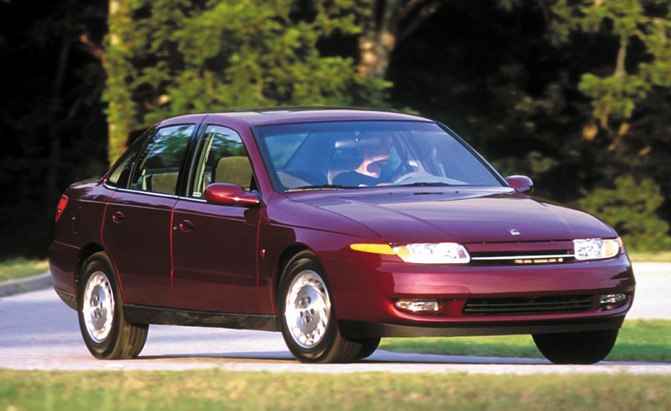

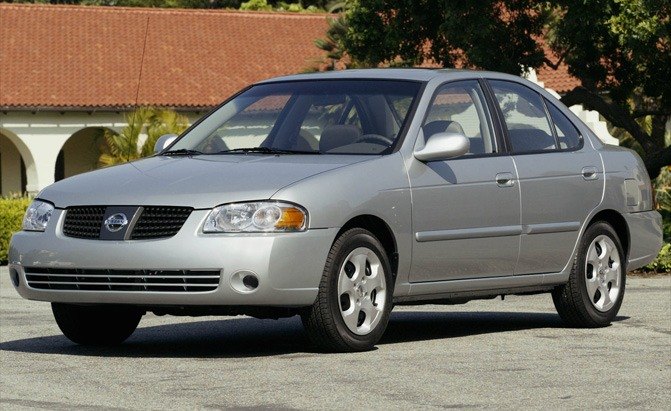

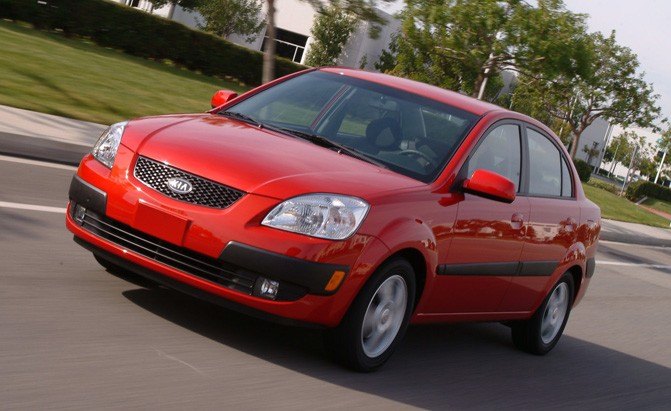
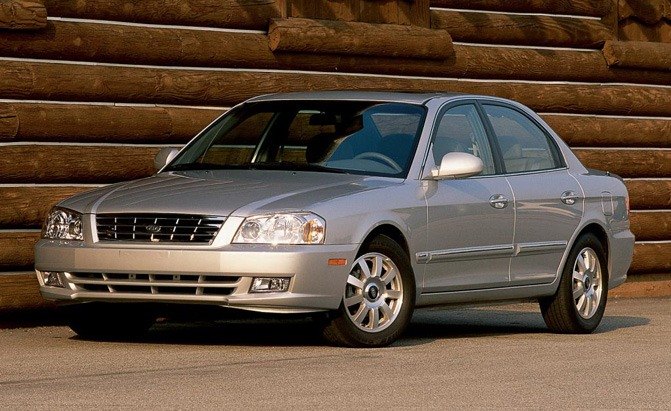

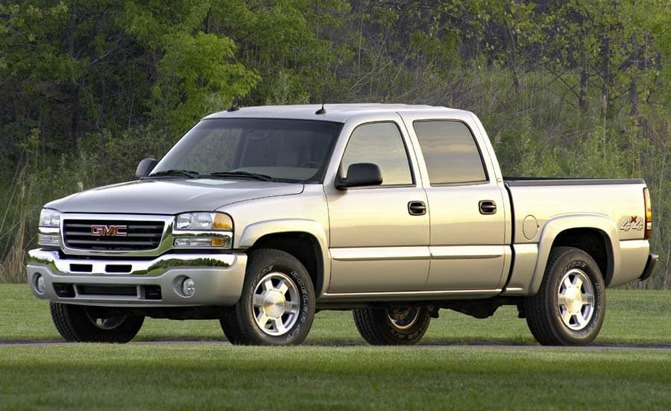

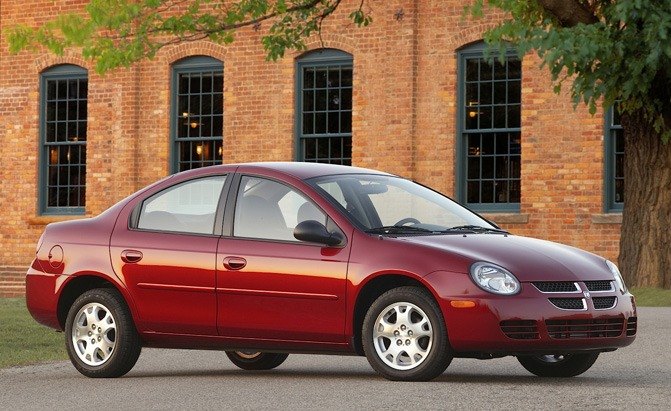
No comments:
Post a Comment